Not every fast car advertises its speed. Some models slipped under the radar, looking like family sedans, budget compacts, or everyday coupes while packing serious performance under the hood. These sleepers didn’t rely on stripes or spoilers to make their point—they just went out and surprised anyone who lined up against them. From muscle-era mid-sizers to turbocharged ’80s oddballs, plenty of cars delivered more than their appearance promised. Here are eight examples that prove speed isn’t always tied to aggressive styling.
1968 AMC AMX
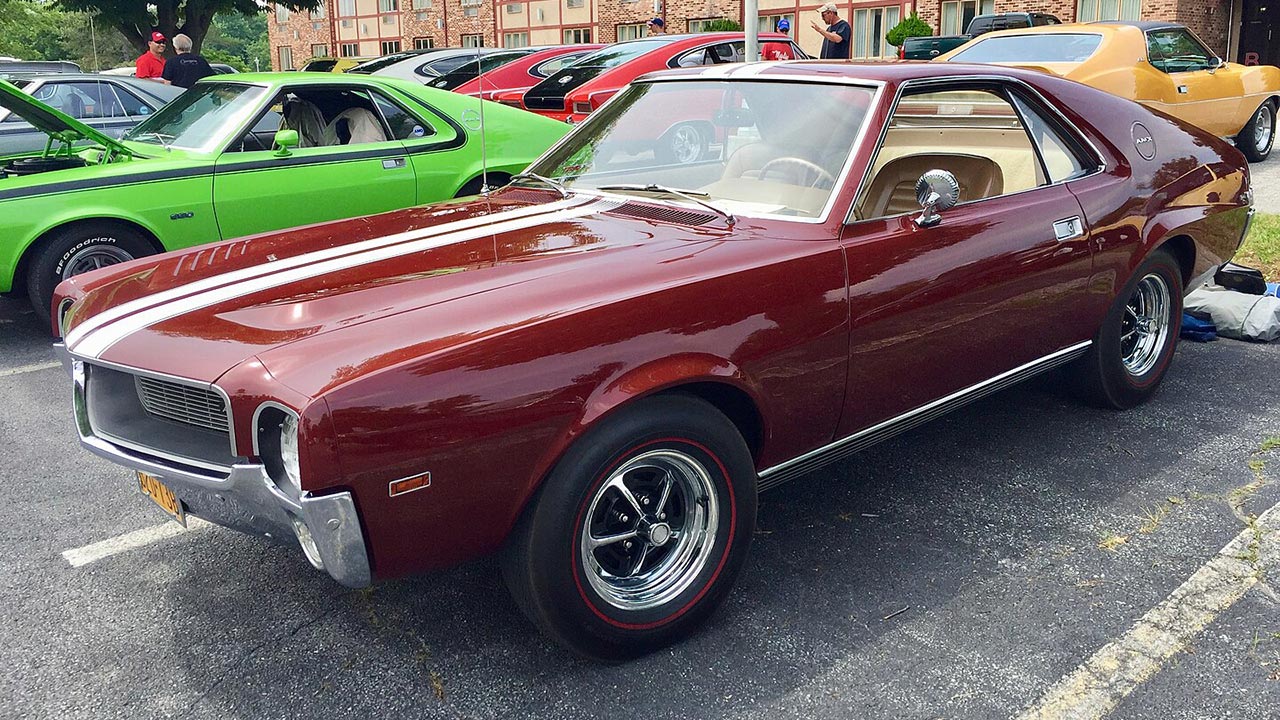
At first glance, the AMX looked like a shorter Javelin coupe with less flair, but under the skin it carried serious hardware. AMC dropped in a 390-cubic-inch V8 rated at 315 horsepower, enough to push it through the quarter mile in the low 14s. The two-seat layout gave it a balanced feel, more in line with a Corvette than a Mustang. Buyers who dismissed it as a stripped-down pony car often underestimated how quick it really was, especially with the Go-Pac handling package installed.
1984 Buick Regal T-Type
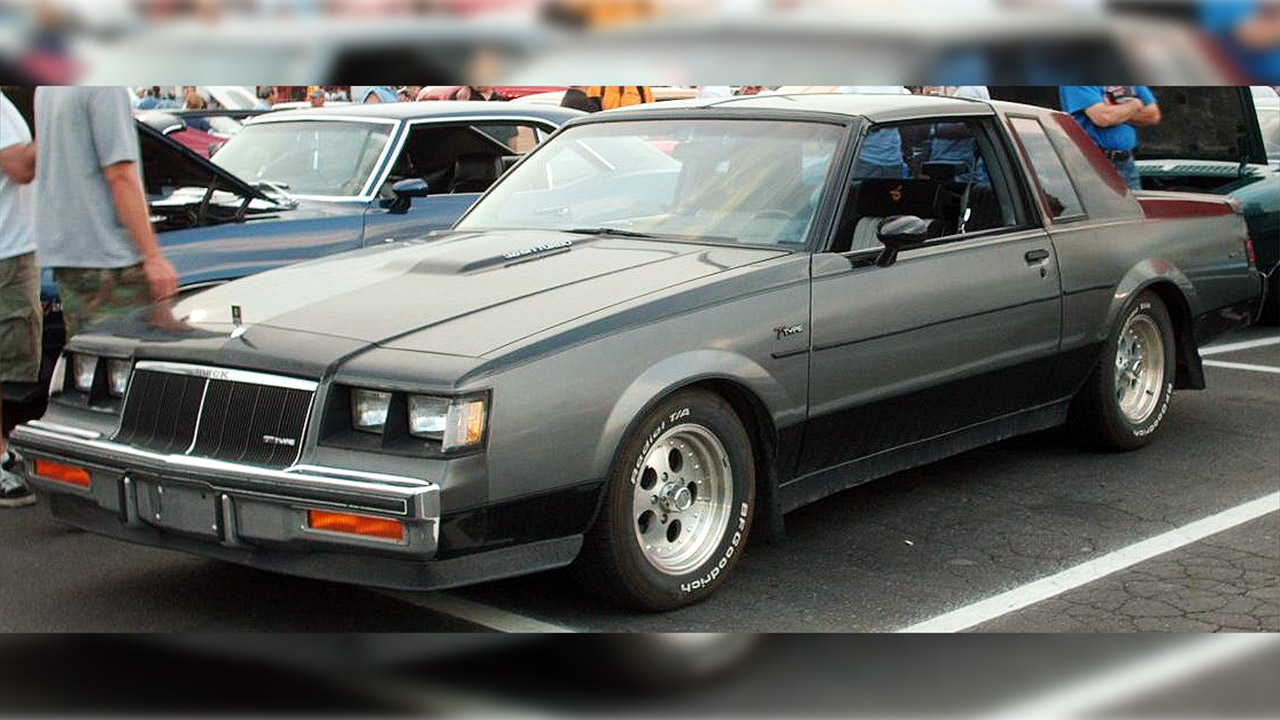
In the early ’80s, few expected a Buick coupe with a turbo V6 to outrun V8-powered competition. The Regal T-Type’s 3.8-liter turbocharged engine produced 200 horsepower, but it was torque-rich and delivered instant thrust. At a time when performance was muted across Detroit, this car shocked buyers by hustling to 60 mph in under seven seconds. The clean, almost formal styling didn’t hint at the performance underneath, which made it one of the ultimate sleepers of its era. The later Grand National and GNX built on this legacy.
1966 Dodge Coronet Hemi
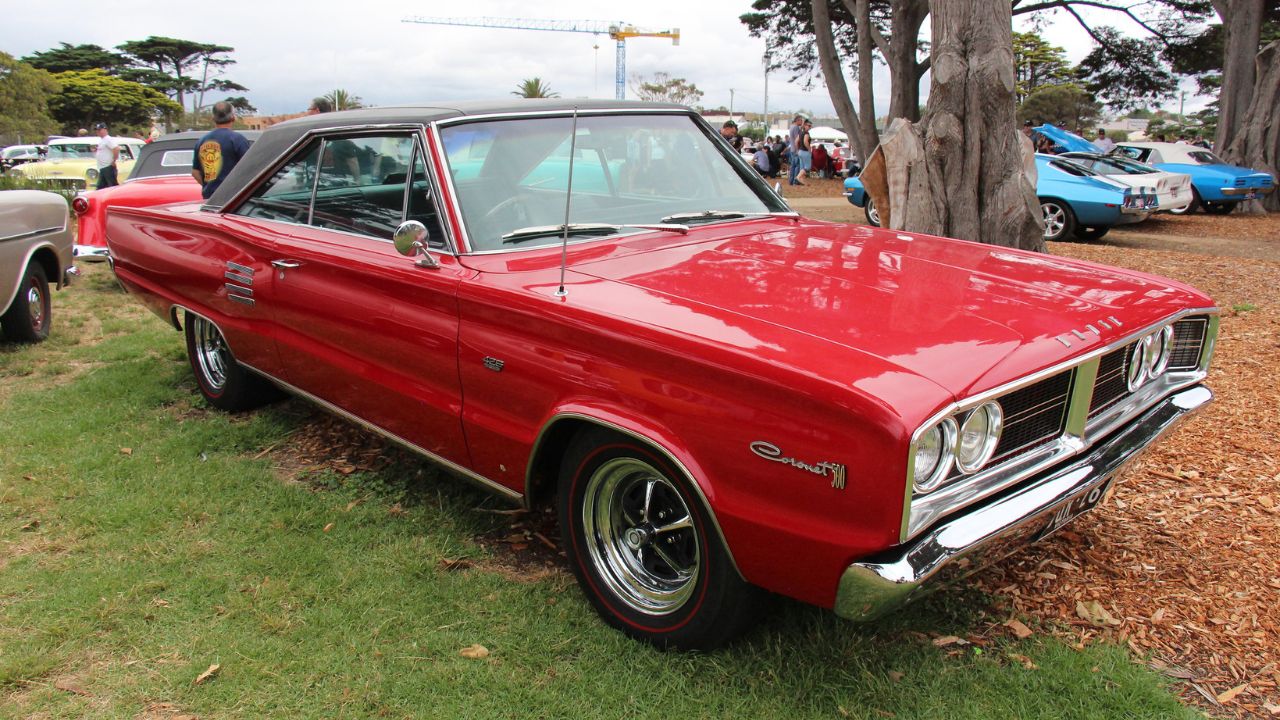
The Dodge Coronet blended in as a typical mid-size sedan of the ’60s, often seen as a family hauler with bench seats and basic trim. But order it with Chrysler’s legendary 426 Hemi V8 and everything changed. With 425 horsepower on tap, the Coronet became a drag strip terror disguised as an everyday car. Even in stock trim, quarter-mile times under 14 seconds were possible, which put it in the same league as dedicated muscle cars. Its modest exterior only made its performance more surprising.
1989 Ford Taurus SHO
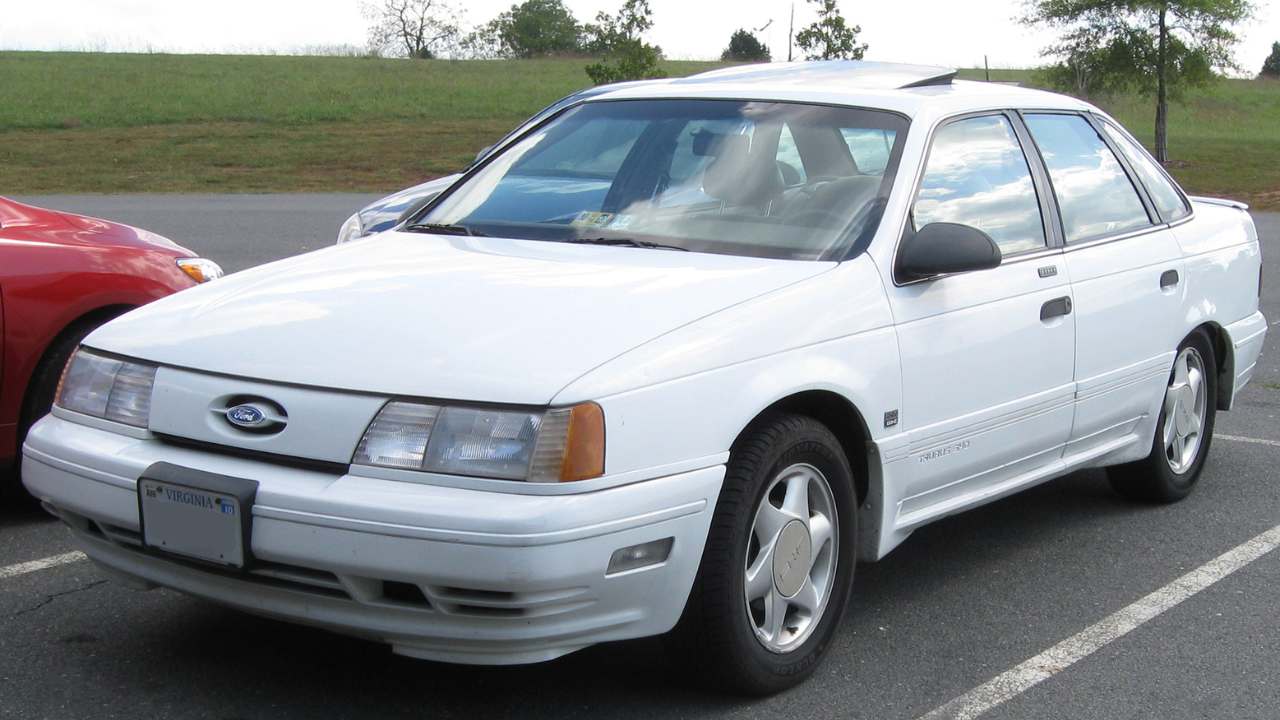
To most people, the Taurus was the car their parents drove—comfortable, quiet, and safe. The SHO version turned that reputation on its head. Developed with Yamaha, the 3.0-liter DOHC V6 delivered 220 horsepower and a 7,000 rpm redline. Paired with a manual transmission, it sprinted to 60 mph in the six-second range, rivaling European sport sedans at the time. Aside from subtle badging and slightly sportier wheels, it looked almost identical to the rental-fleet Taurus, which made its performance all the more surprising.
1970 Plymouth Duster 340
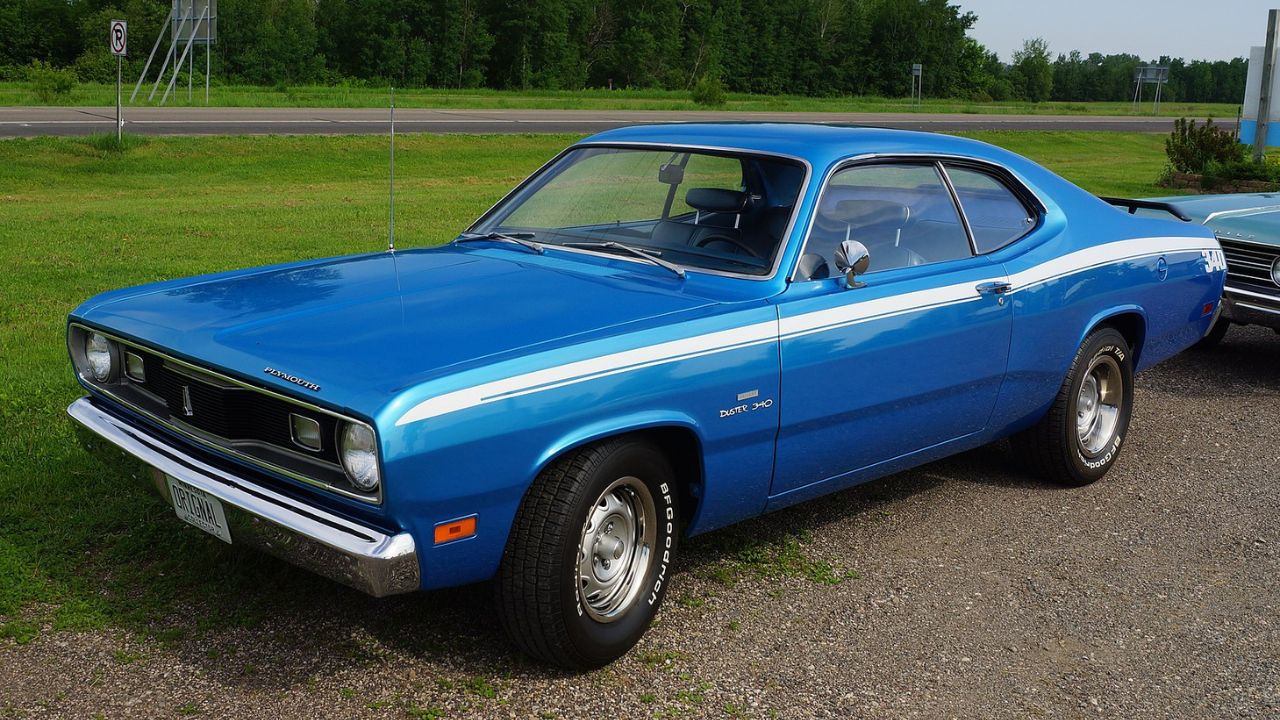
The Plymouth Duster had the silhouette of a budget compact, and many buyers treated it that way. Yet the 340-cubic-inch V8 version packed 275 underrated horsepower and weighed less than most bigger muscle cars. That combination gave it lively acceleration and made it a feared street racer in the early ’70s. Its simple interior and low price only added to its sleeper image. While many Dusters were plain grocery-getters, the 340 variant proved you didn’t need flashy styling to pack real performance.
1991 GMC Syclone

Pickup trucks in the early ’90s were built for work, not performance. The GMC Syclone flipped that idea by pairing a 4.3-liter turbocharged V6 with all-wheel drive, good for 280 horsepower and 350 lb-ft of torque. It could sprint to 60 mph in under 5 seconds, faster than many sports cars of the day. Visually, it looked like a lowered Sonoma with body cladding, not something built to hunt Ferraris. Its performance figures shocked the market, making it one of the most unexpected factory hot rods ever.
1964 Pontiac Tempest GTO
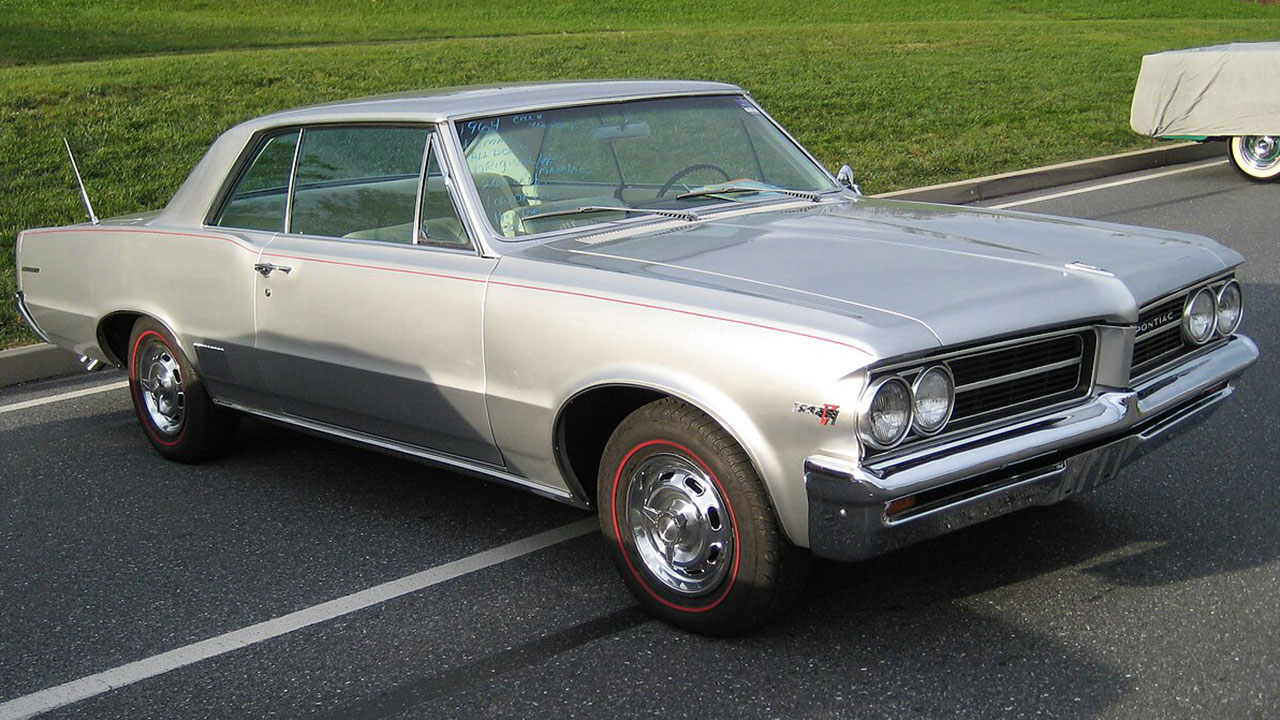
The GTO didn’t scream performance when it debuted—at least not visually. It looked like a Tempest coupe with some badges and a dual-exhaust note. But Pontiac’s 389-cubic-inch V8, available with tri-power carburetion, gave it 348 horsepower and serious straight-line speed. It turned the mid-size sedan platform into something capable of sub-15-second quarter miles. What set it apart was how unassuming it appeared; it didn’t need wild stripes or oversized scoops. It looked like another GM family car—until it left competitors behind at a stoplight.
Like Fast Lane Only’s content? Be sure to follow us.
Here’s more from us:
*Created with AI assistance and editor review.

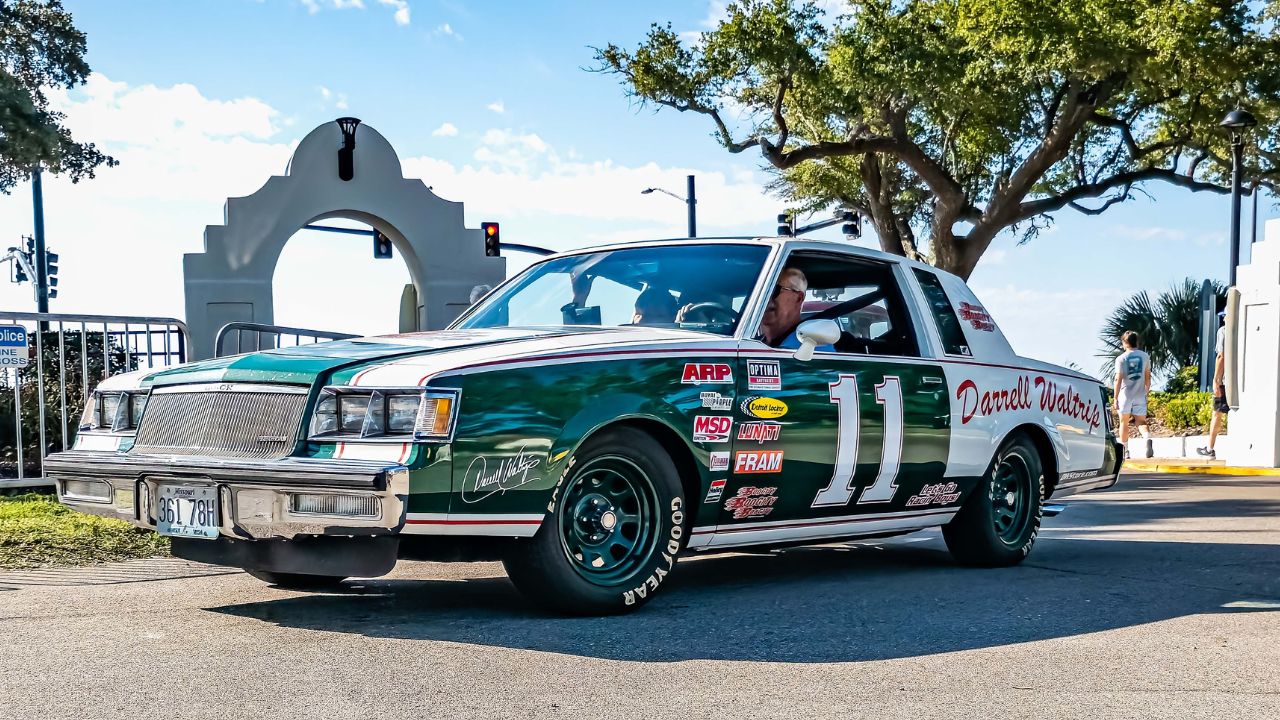
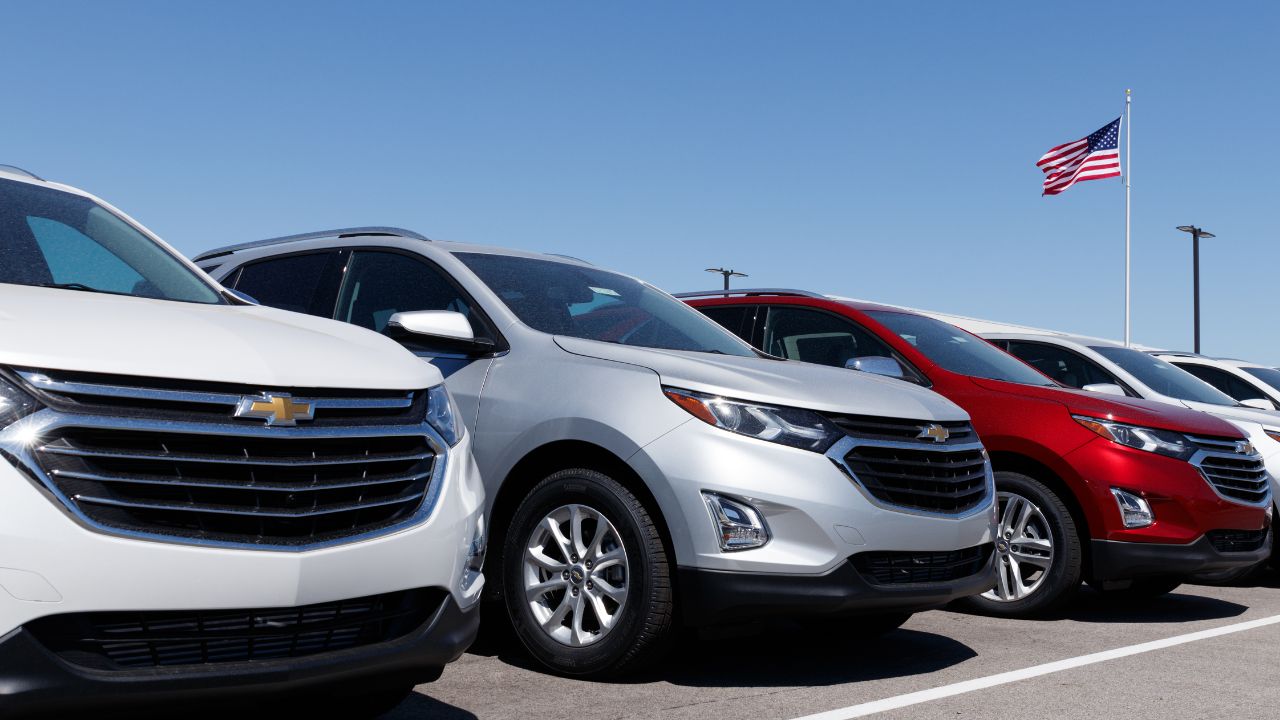
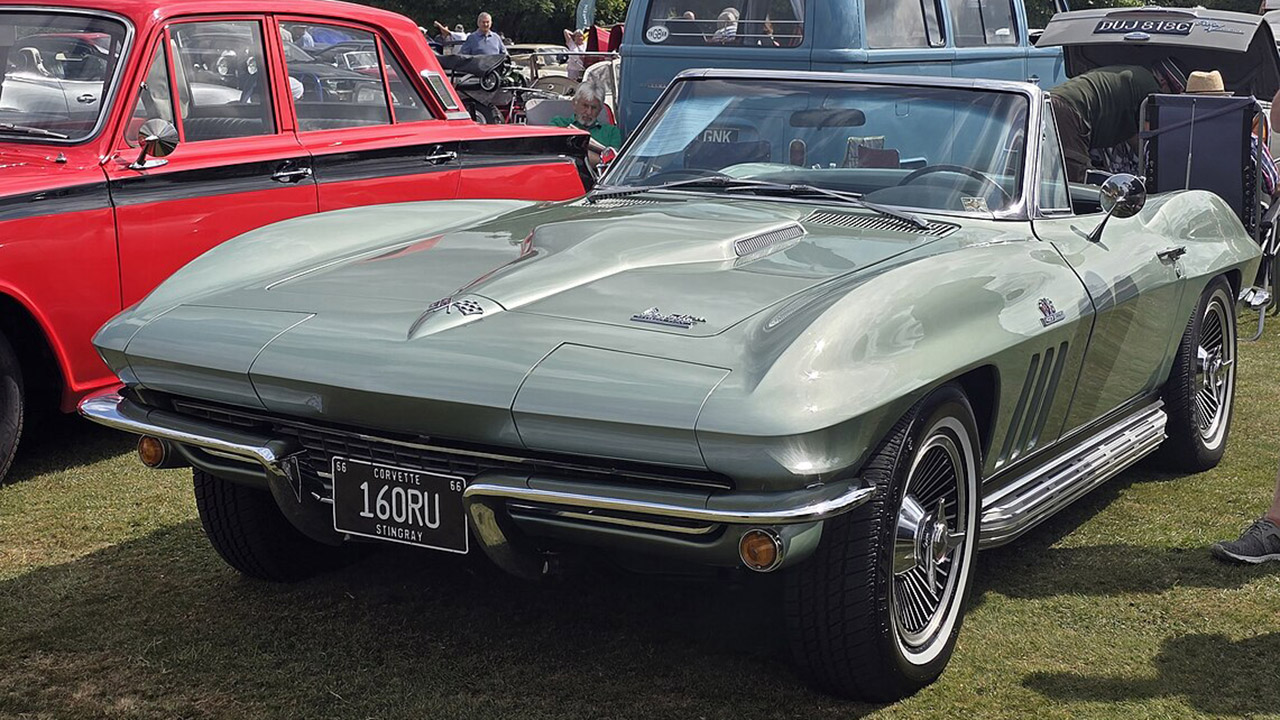

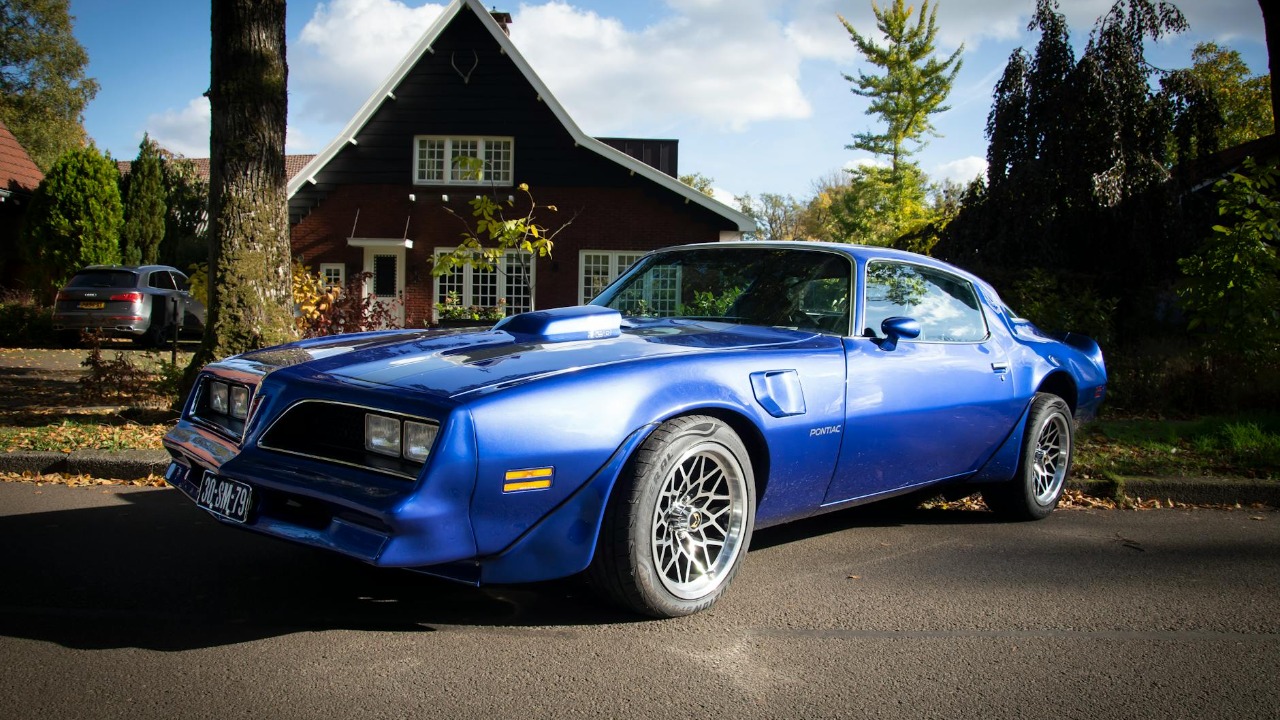
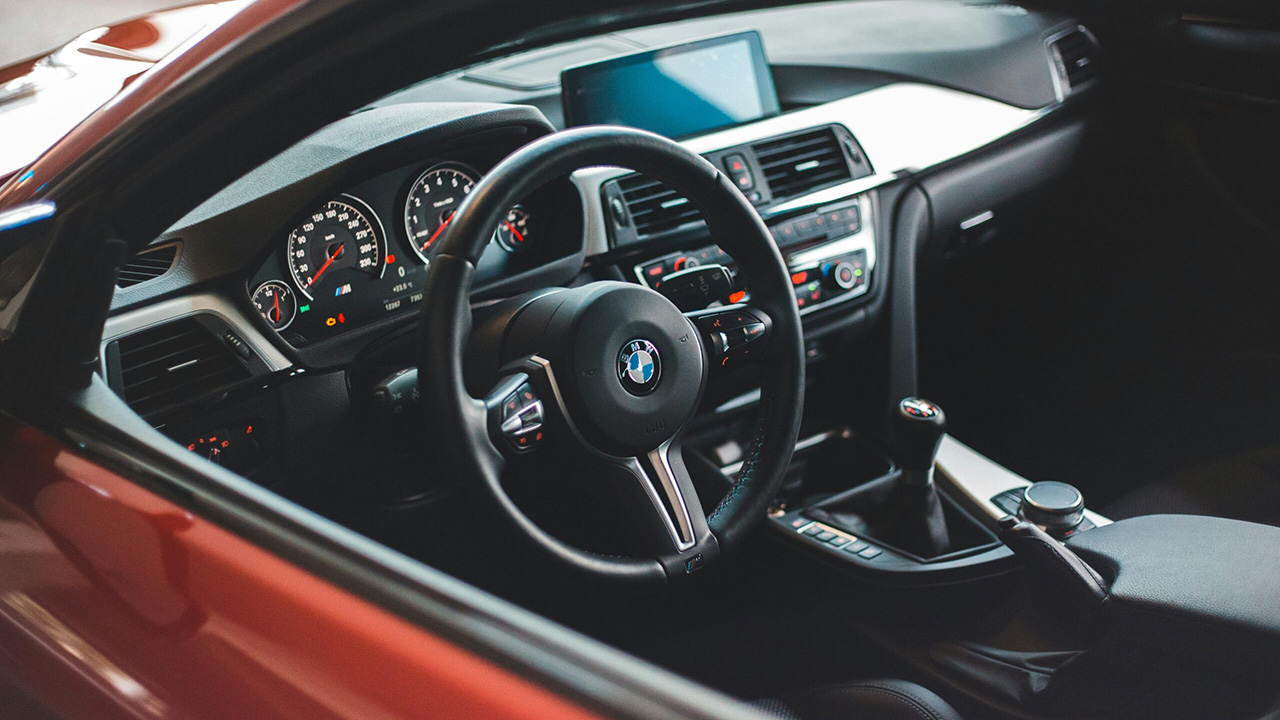
Leave a Reply